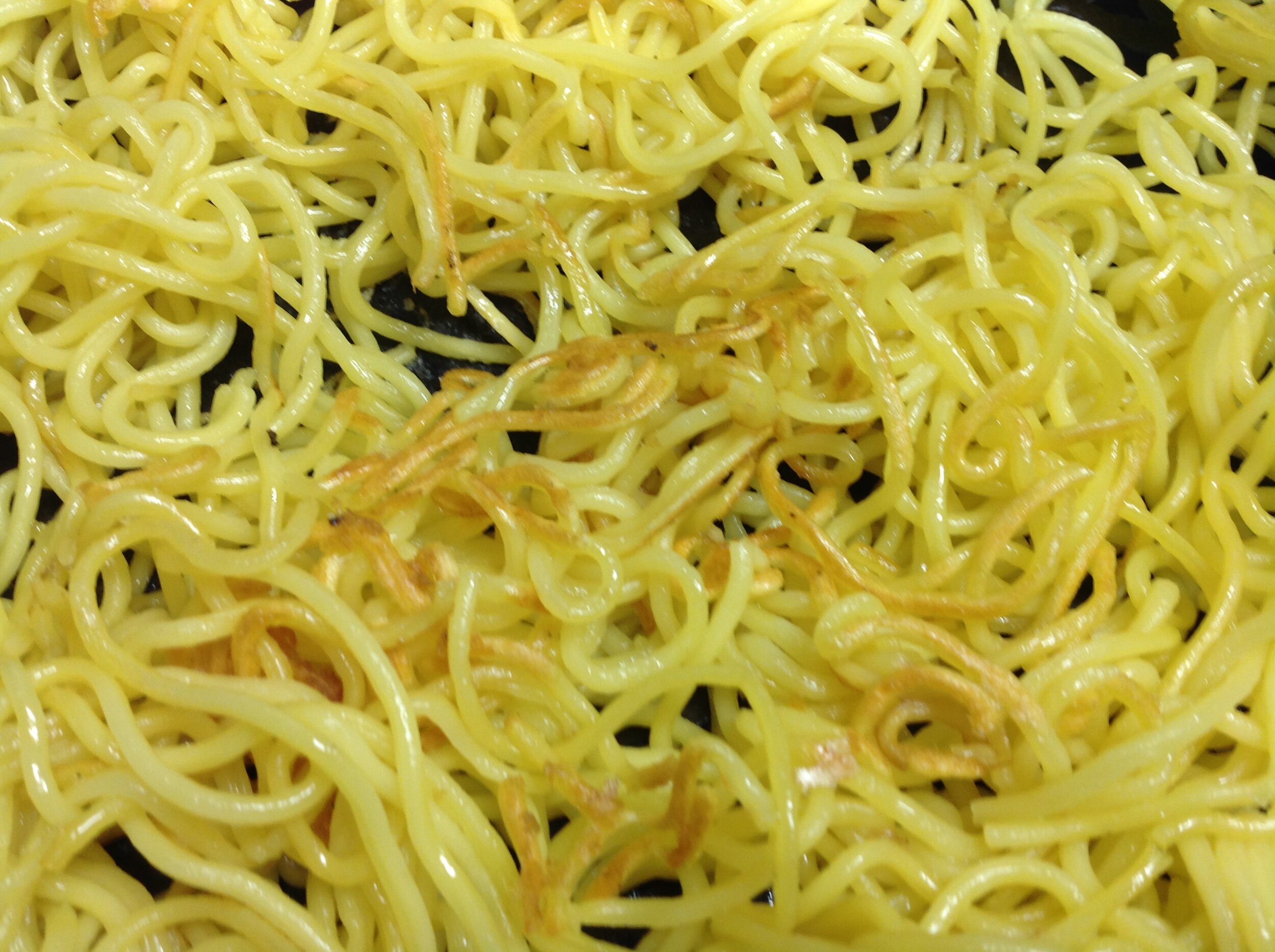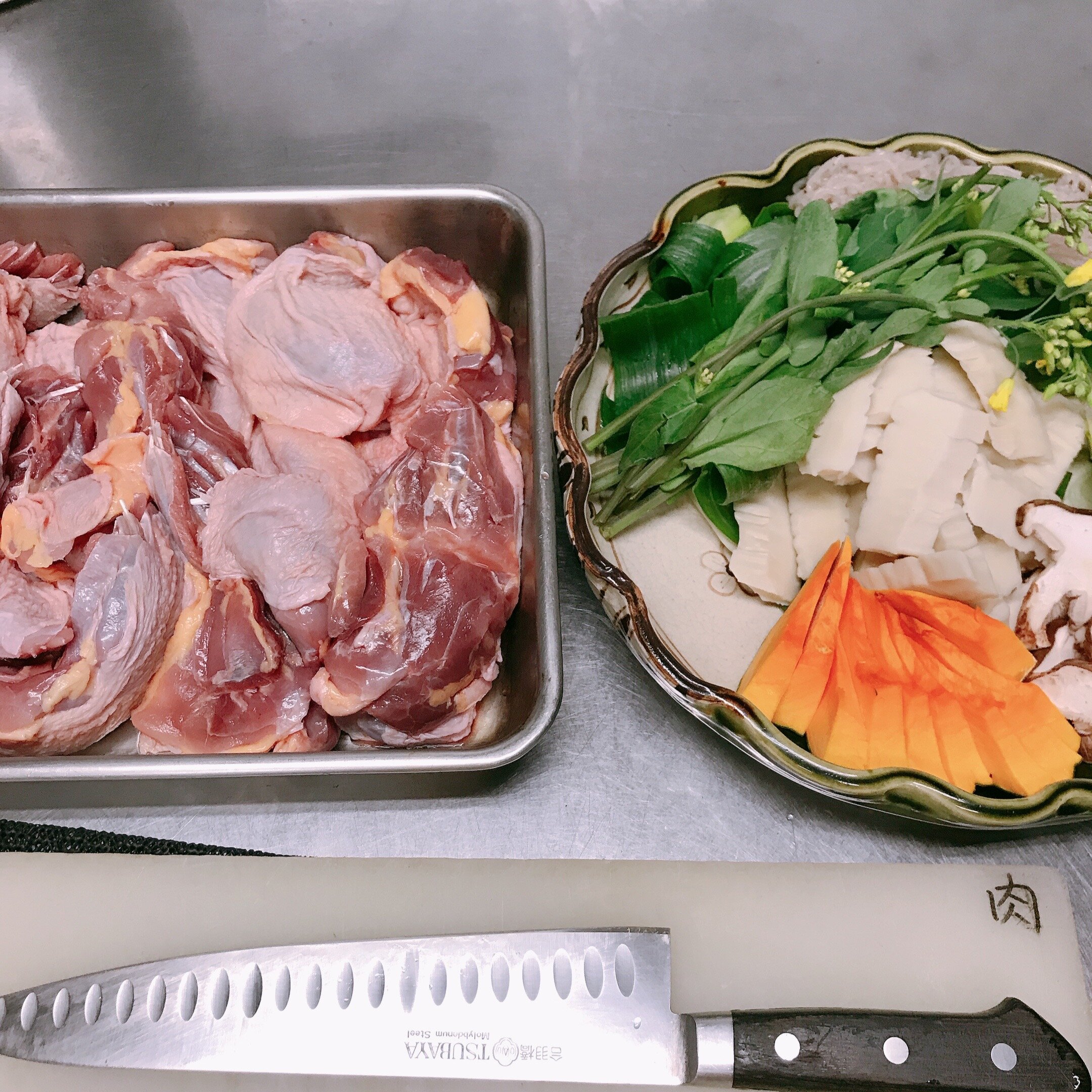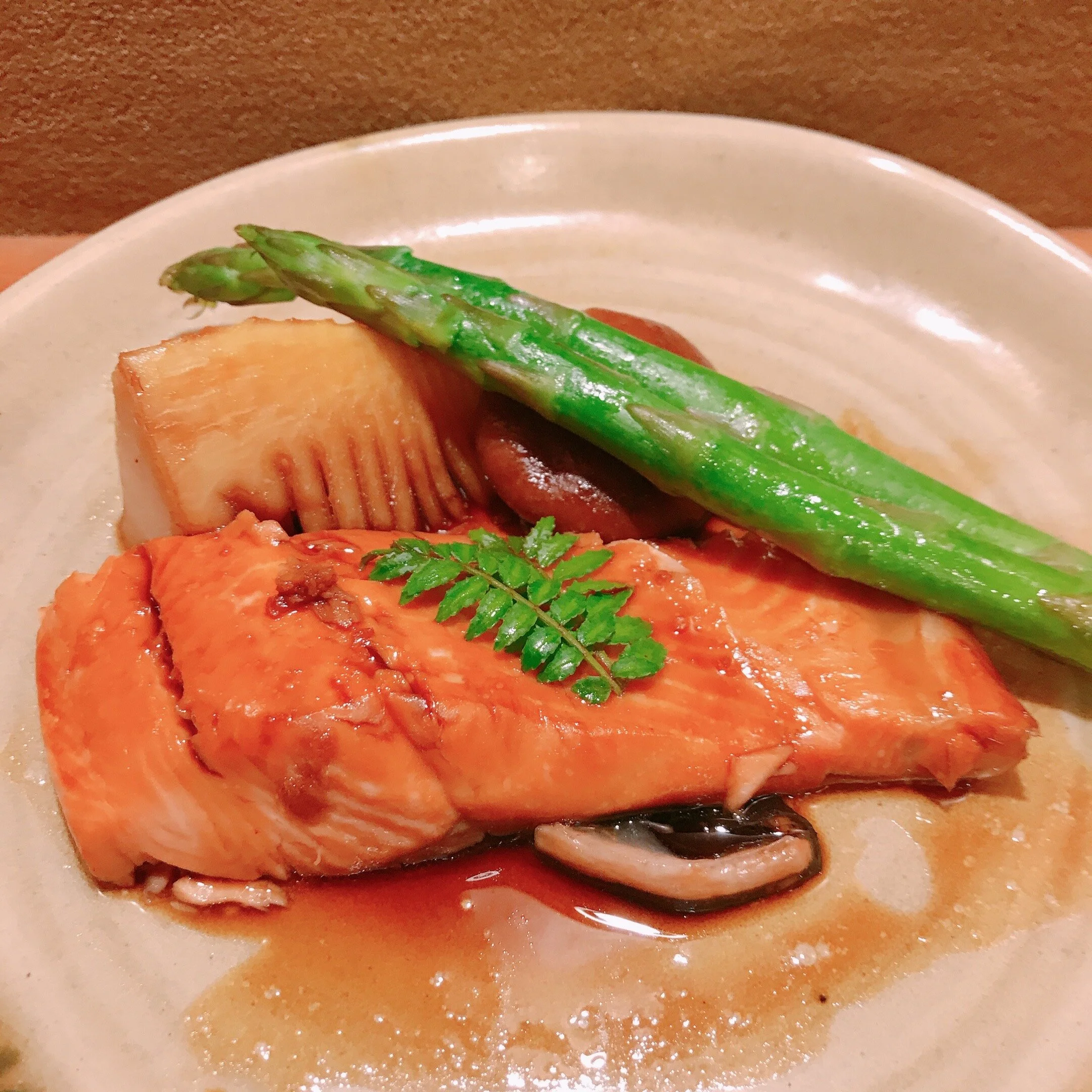Dear our cooking friends,
Cooking class with Shuji begins at 18:00 Tokyo, Japan time, Saturday 11 July 2020.
Please make your way to the waiting room at 17:45 Tokyo time.
All regular members do not need to fill in a booking form.
If you wish to attend the class, please email Shuji at shujioz@gmail.com, or send a message to Facebook Messenger.
Please make your payment of ¥2,000 Japanese yen via PayPal on Inquiry and Booking page of this website.
Shuji will then send you an invitation.
We look forward to cooking with you and your family and friends.
Cook well, Stay well!
Shuji & Mum Hideko Ozeki
朴葉ずし a hoba-zushi unwrapped
The blue Nagara river where the salmon-trout fish returns to the river from the ocean in May.
Oze-Ukai, cormorant fishing begins in May. Local Master Ukai fishermen go after 鮎 Ayu, sweet fish for 6 months until October.
In the early summer months of May and June, a unique salmon-trout family fish called Satsukimasu (satsuki means May, and masu means trout in Japanese) is line-caught in the Nagara River, where the snow melted water from the deep northern mountains of the Okumino region of Gifu Prefecture invites the trout to return to the river.
Chef Shuji gets the freshest Masu, trout at a local fish market. The trout is nice and rich in Omega 3 oil in May
The Japanese archipelago stretches from north to south over 3,000 km in the far eastern end of the Hmonsoon zone of Southeast Asia. Summer here is muggy. However, our ancestors created some cool foods and handed them down to us to enjoy our summer and make it feel rather cooler.
Hoba-Zushi is one good example of such food. The rice farmers and the woodcutters living in the Hida and Oku-Mino regions of our prefecture take hoba-zushi when they go to work in the rice paddies and the forests. Today, hoba-zushi can also make a nice picnic lunch for family and friends.
Hoba is the leaf of Honoki, or Magnolia Obovate, and is used to wrap sushi rice mixed with grilled trout or salmon. Hoba leaves are anti-bacterial. They keep the food nice and safe even on a muggy early summer day. The timber of this tree is used to make scabbards for samurai swords made by the swordsmiths in my hometown of Seki. This wood prevents the sword from rusting. Seki has been renowned for its samurai swordsmiths for over 850 years, and also for its quality kitchen wares and knives.
kinome leaves and peppers on a sansho, Japanese pepper tree
Fresh-green hoba leaves on a tree
A list of cooking utensils for Hoba-Zushi class 18:00 Saturday 11 July 2020
A list of cooking utensils:
1. A rice cooker. If you do not have it, Shuji will show you how to cook rice with a normal pot.
2. A mixing bowl about 20 cm in diameter to mix freshly boiled rice with sushi vinegar
3. A fan to cool off the rice when mixing with sushi vinegar
4. A cheesecloth 30 cm by 30 cm to cover the rice when cooling off the mixed sushi rice
5. A normal frying pan about 20 cm in diameter to make a sheet of thin egg, if you do not have a round-shaped frying pan like Shuji has when making egg sheet and egg omelette.
6. A tweezer to remove bones of the fish fillet
A waiting room opens at 17:45, in case something goes wrong.
Wendy suggests that you use Google Chrome to access Cooking Class with Shuji on Zoom. You do not need a password to access. All you need is the link Shuji has sent you.
Ingredients
150 g fresh Satsukimasu trout fillet (salmon or ocean trout can be substituted)
2 sun-dried shiitake mushrooms (soak in 1 cup water overnight)
8 fresh kinome leaves (budding leaves of the Japanese pepper tree, fresh dill or julienned cucumber can be substituted)
8 large hoba leaves (banana leaves can be substituted)
20g gari (sliced new season ginger blanched in salted boiling water for five seconds and pickled in sweet sushi vinegar)
Salt as needed
Canola oil as needed
To make sushi rice (A) 2.5 cups Japanese short-grain rice (washed, rinsed, drained), 2.5 cups water, 5 g kombu (dried kelp), and 1 teaspoon sake
To make sushi vinegar (B) 90 ml rice vinegar, 60 g caster sugar, 1 teaspoon salt
To cook shiitake (C) 2 sundried shiitake mushrooms, shiitake-soaking water, 1 tablespoon sugar, 1 tablespoon koikuchi soy sauce
To make julienned egg (錦糸たまごkinshi-tamago ) crack 1 egg into a bowl and beat it well with chopsticks.
1g Yoshino-kuzu, arrowroot powder (1 g cornflour can be substituted) and 1 teaspoon water, and add to the beaten egg and mix well with chopsticks (You can do without the arrowroot powder, but the egg sheet may tear as you flip it over with one chopstick to cook the other side.) Yoshino-kuzu, arrowroot powder makes the egg mixture stronger so the egg sheet may not be torn.
Yoshino-kuzu, arrowroot powder (吉野葛粉)
Rinse the dried shiitake mushrooms in water. Soak dried shiitake in one cup water overnight then remove and discard the stems. Cook the shiitake in the water they were soaked in (C), skim the froth and add sugar and soy sauce. Keep cooking on medium heat until the water is almost gone. Slice the cooked shiitake thinly.
Combine (A) and cook the rice in a rice cooker.
Evenly salt the fish fillet and grill it. Remove the bones and skin from the fish and break it into cherry petal size flakes.
Making the egg sheet will be shown during your cooking class.
Julienne the egg sheets.
cutting egg sheets into julienne egg sheets
Mix the fish flakes and shiitake with the freshly mixed sushi rice. Place one serving of sushi rice (100g) onto a hoba leaf and top it with julienned egg, a kinome leaf, and pickled ginger slices. Place one by one on a tray and put another tray on top then let it rest for about half an hour. If you plan to take the hoba-zushi for a picnic lunch, I suggest that you steam them in a steamer for about 7 minutes and allow them to cool off. Hoba leaves are antibacterial and can keep the fish and sushi rice fresh longer on a hot summer day in Japan.
1 cup is 200ml, 1 teaspoon is 5ml, 1 tablespoon is 15ml
If hoba leaves are not available, you can plate the sushi rice on a large platter and top with julienned egg, ginger, and kinome leaves or fresh dill or julienned cucumber. Party sushi without sashimi!
Cheyenne from Hong Kong and Juju from Shanghai mixing freshly cooked rice
Mum showing the guests how to wrap sushi rice with a hoba leaf
with sushi vinegar and keep fanning to cool off the freshly cooked rice.
To watch Shuji make Hoba-Zushi by the rice paddy, https://www.youtube.com/watch?v=wU8CA1XWubc























